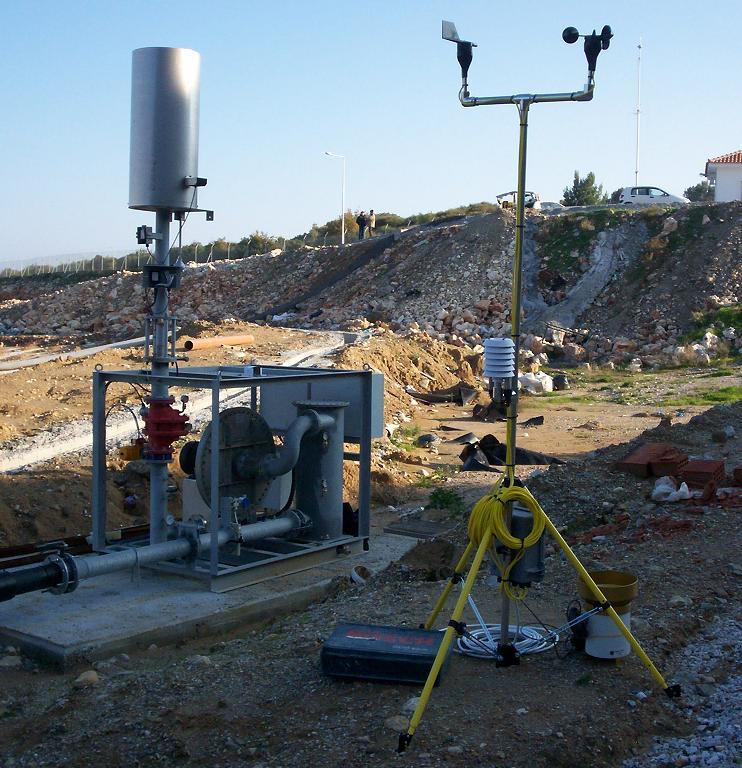Landfill Sites track the weather.
Landfill sites are using our meteorological equipment, measuring wind, speed, direction, humidity, rainfall etc.
The data from the systems is proving invaluable to waste management contractors, who have access to key information at their fingertips.
Should a pollution incident be reported to the local authority, data can be used as documentary evidence to show - through records of wind direction, for example - that the problem did not come from the landfill site.
All installations start with discussions about the measured parameters required and the frequency of readings.
Expert advice on the best sites to place monitoring instrumentation and a wealth of experience of similar projects combine with accurate and flexible data loggers to provide a cost-effective instrumentation
solution for Waste Contractors.

In Action
Recording weather data with top quality equipment is the only way for a landfill manager to fully comply with current and future environmental laws. With our installation of a fully automated weather station waste management contractors can let the equipment get on with the job, and rest safe in the knowledge that valid and highly professional daily records are being kept.
The data logger at the heart of a landfill weather monitoring system can make additional environmental measurements (e.g. on soil conditions) if required.
Landfill operators can now benefit from a fully automatic weather data system that will satisfy legislation on keeping daily records, without the effort or costs of additional staff and training.
RTDM (Real Time Data Monitor) is a specially developed software package with full color displays which can be accessed on screen immediately to show records and current status of rainfall, wind speed, wind direction, temperature and pressure.
The powerful program allows the user to design display screens enabling viewing of real-time, pseudo real-time or archived data logger data.
The RTDM designer environment gives you complete control over how your data is displayed, enabling you to create an attractive and professional display.
The displayed data is read from a data file (which may have been retrieved from a data logger or generated from another data file) on the PC's hard disk or a network drive.

